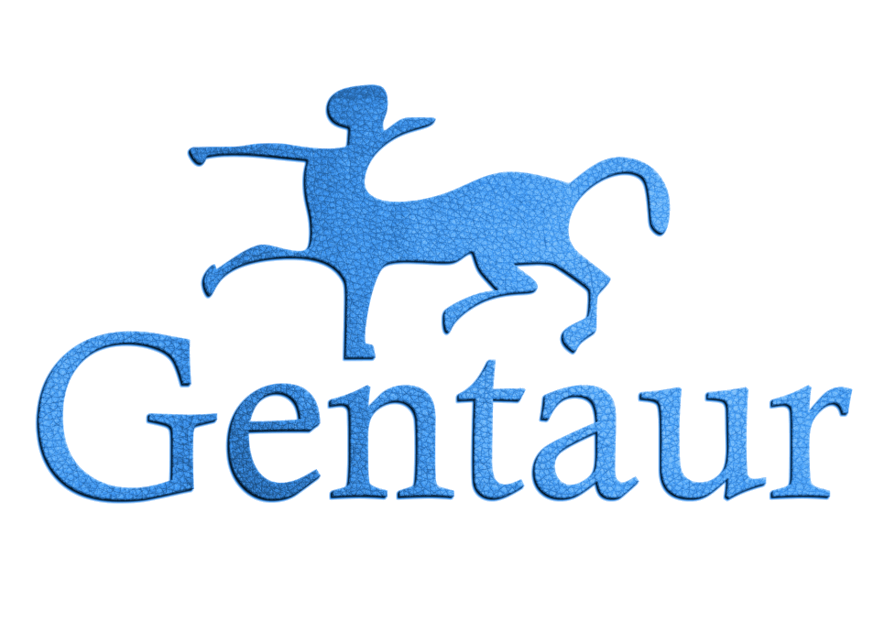Recombinant Tumor Necrosis Factor Receptor Superfamily, Member 9 (TNFRSF9)
-
Catalog number
RPB527Hu01
-
Price
Please ask
-
Size
10ug
-
-
Source
Prokaryotic expression
-
Predicted Molecular Mass KD
13.9kDa
-
Accurate Molecular Mass KD
NA
-
Organism species
Homo sapiens (Human)
-
Item Name
Tumor Necrosis Factor Receptor Superfamily, Member 9
-
Alternative Names
CD137; CDw137; 4-1BB; ILA; Induced By Lymphocyte Activation; T-cell antigen 4-1BB homolog
-
Research Area
CD & Adhesion molecule;
-
Buffer Formulation
PBS, pH7.4, containing 0.01% SKL, 1mM DTT, 5% Trehalose and Proclin300.
-
Traits
Freeze-dried powder
-
Purity
≥ 98%
-
Protein length
Asn40~Glu153
-
Tag
N-terminal His-Tag
-
Expression System
Prokaryotic expression
-
Application
Positive Control; Immunogen; SDS-PAGE; WB.
-
-
Description
Aplha, transcription related growth factors and stimulating factors or repressing nuclear factors are complex subunits of proteins involved in cell differentiation. Complex subunit associated factors are involved in hybridoma growth, Eosinohils, eritroid proliferation and derived from promotor binding stimulating subunits on the DNA binding complex. NFKB 105 subunit for example is a polypetide gene enhancer of genes in B cells. The receptors are ligand binding factors of type 1, 2 or 3 and protein-molecules that receive chemical-signals from outside a cell. When such chemical-signals couple or bind to a receptor, they cause some form of cellular/tissue-response, e.g. a change in the electrical-activity of a cell. In this sense, am olfactory receptor is a protein-molecule that recognizes and responds to endogenous-chemical signals, chemokinesor cytokines e.g. an acetylcholine-receptor recognizes and responds to its endogenous-ligand, acetylcholine. However, sometimes in pharmacology, the term is also used to include other proteins that are drug-targets, such as enzymes, transporters and ion-channels.
-
Additional source
Recombinants or rec. proteins
-
Group
recombinants
-
Gene target
-
Gene symbol
TNFRSF9
-
Short name
Recombinant Tumor Necrosis Factor Receptor Superfamily, Member 9 (TNFRSF9)
-
Technique
Recombinant, E. coli recombinant proteins are genetic recombinations in Escherichia coli, supplied as white sterile powder lyopillized. Cloud Clone Corp advises they will be reconstituted in a buffer soluion or culture medium for cell culture.
-
Host
E.coli
-
Species
Homo sapiens (Human)
-
Alternative name
Rec. Tumor Necrosis Factor Receptor supergroup, Member 9 (tumor necrosis factor receptor superfamily, member 9)
-
Alternative technique
rec
-
Alternative to gene target
tumor necrosis factor receptor superfamily, member 9, 4-1BB and CD137 and CDw137 and ILA, TNFRSF9 and IDBG-88268 and ENSG00000049249 and 3604, cytokine binding, Extracellular, Tnfrsf9 and IDBG-205902 and ENSMUSG00000028965 and 21942, BT.49346 and IDBG-633668 and ENSBTAG00000003313 and 520341
-
Tissue
tumor
-
Gene info
MeSH Data
-
Name
-
Concept
Scope note:
The initial culturing of cells derived directly from fresh TISSUES.
-
Tree numbers
- E01.370.225.500.223.500
- E05.200.500.265.500
- E05.242.223.500
- E05.481.500.249.500
-
Qualifiers
ethics, trends, veterinary, history, classification, economics, instrumentation, methods, standards, statistics & numerical data
Similar products

